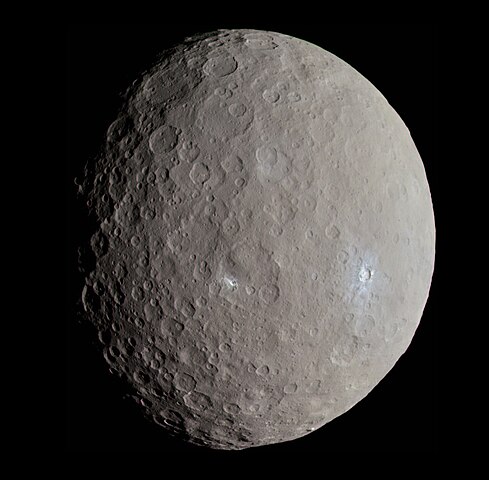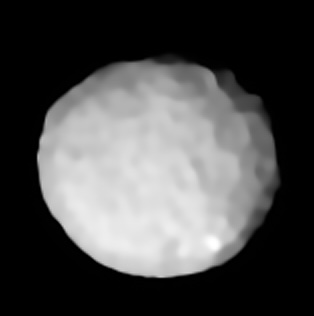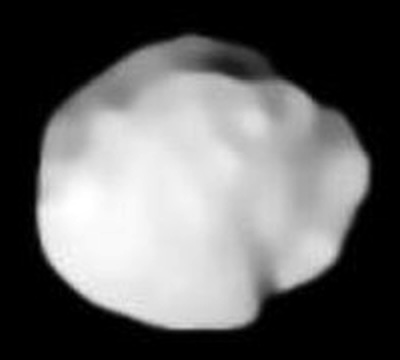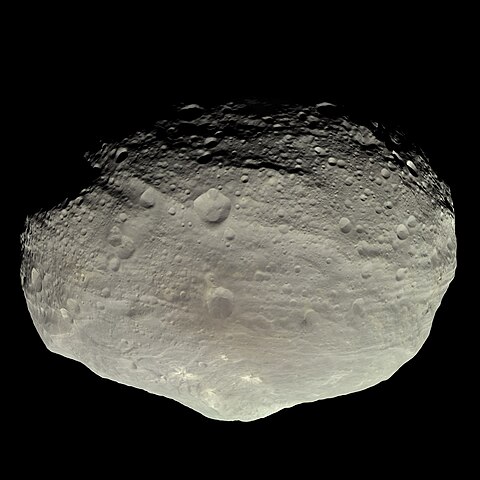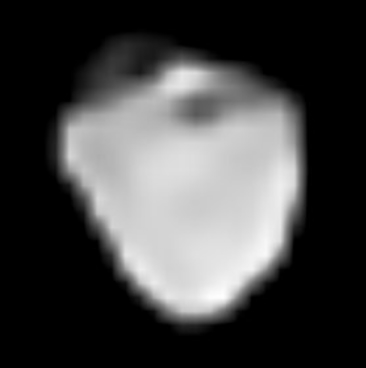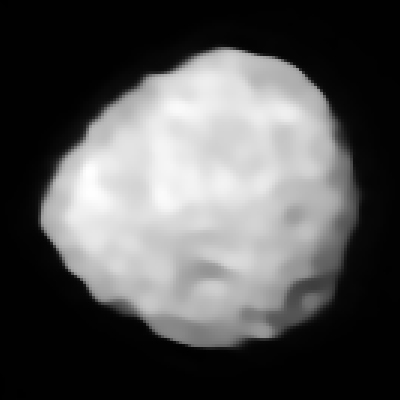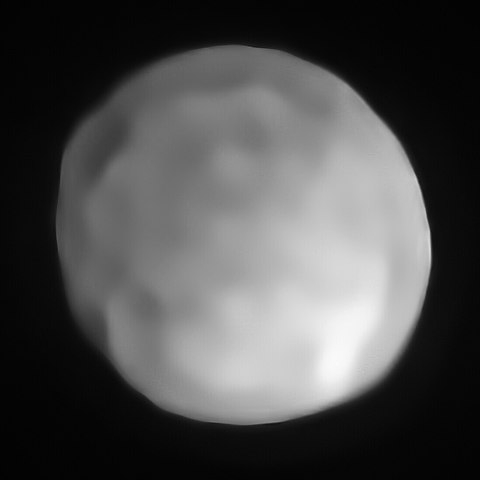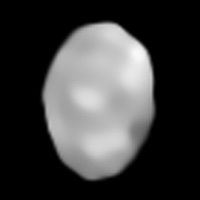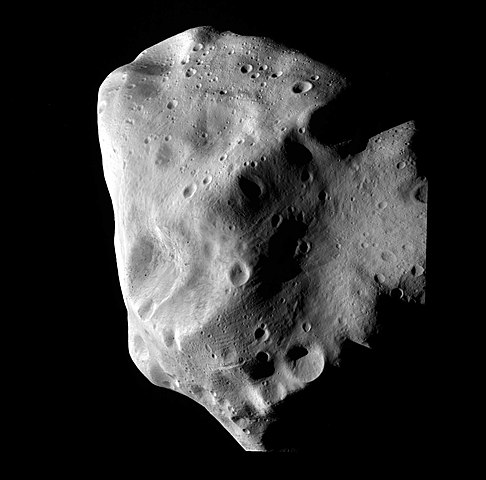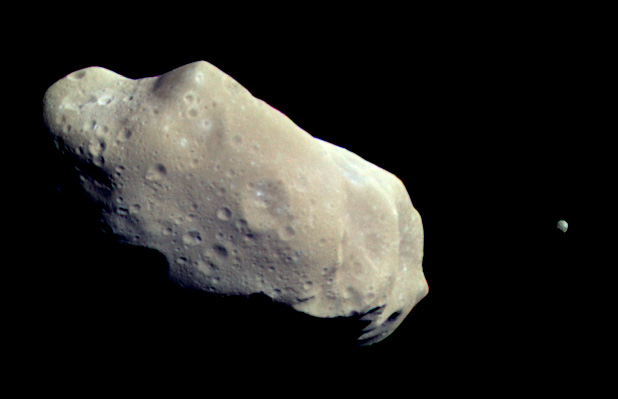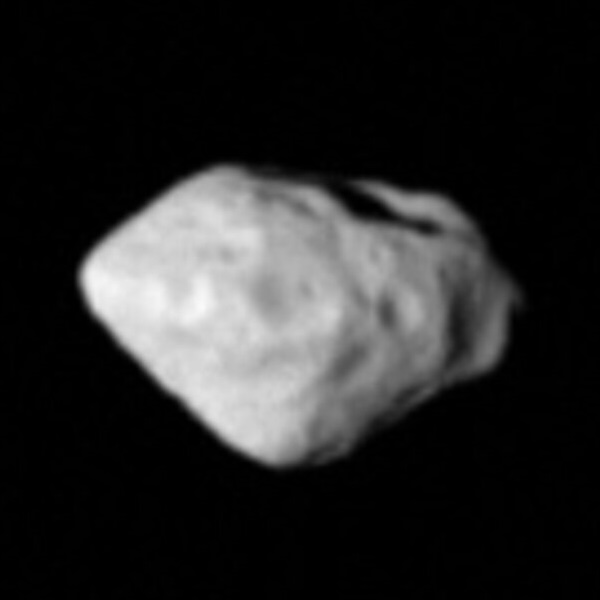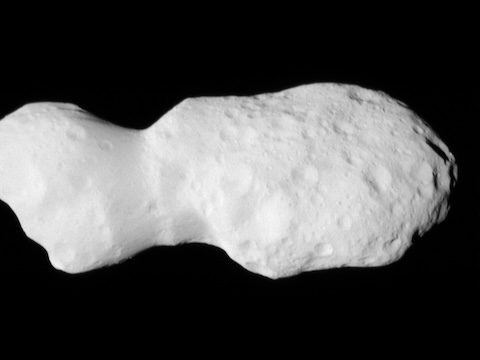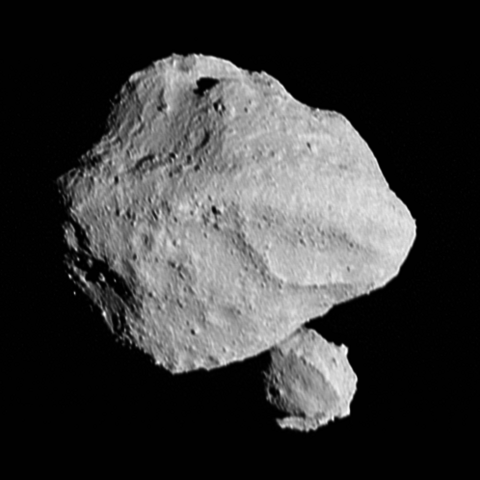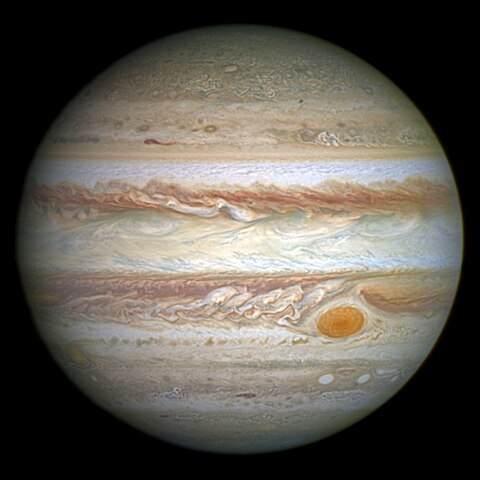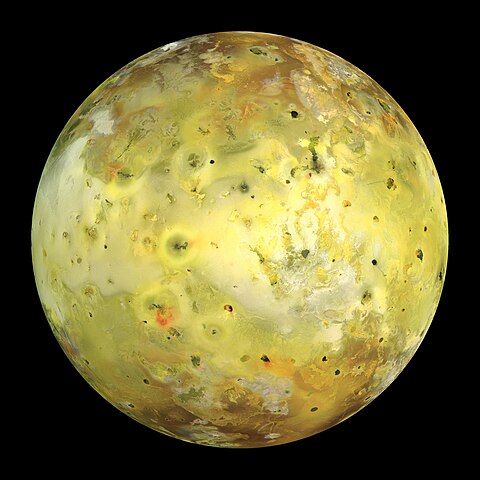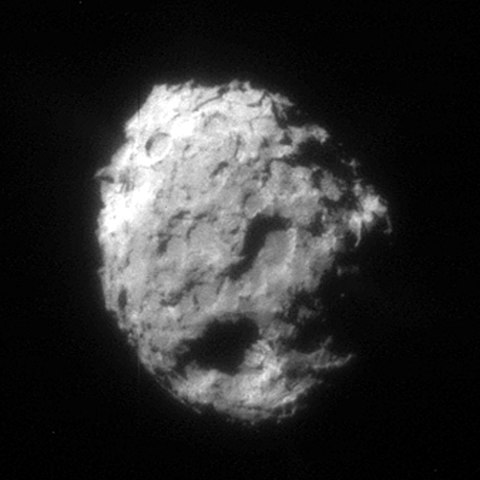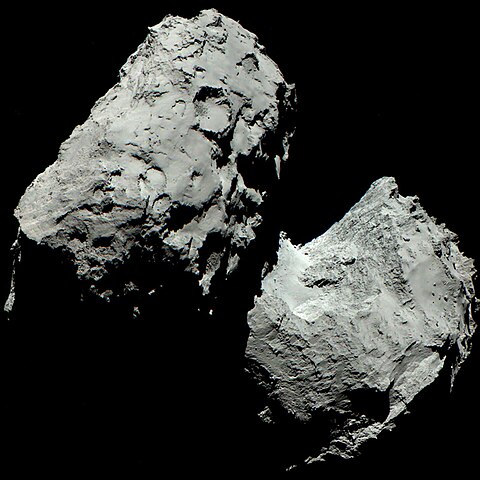1 day / second
0.5 AU
Asteroid Belt
Orbital Regime
A vast region between Mars and Jupiter containing millions of asteroids, ranging from dust-sized particles to dwarf planets, forming a remnant disk of material that never coalesced into a planet during the Solar System's formation.
Dwarf Planets
1 Ceres
The largest object in the asteroid belt and the only dwarf planet in the inner Solar System, Ceres is a spherical body composed primarily of rock and ice, with a dark, heavily cratered surface and mysterious bright spots of salt deposits in its Occator crater.
Asteroids
2 Pallas
A massive, highly inclined main-belt asteroid that ranks among the largest known objects in the asteroid belt and exhibits an unusually bright surface due to its primitive, carbon-poor composition.
3 Juno
A large main-belt asteroid discovered in 1804, measuring 234 kilometers across and distinguished by its unusually reflective surface that makes it one of the brightest objects in the asteroid belt.
4 Vesta
A massive asteroid roughly 530km in diameter with a heavily cratered surface, featuring a gigantic impact basin at its south pole that exposed its internal structure and ejected numerous fragments that now form the Vesta family of asteroids.
6 Hebe
A large S-type asteroid in the inner main belt believed to be the parent body of the H-chondrite meteorites that frequently strike Earth.
7 Iris
A large, bright main-belt asteroid measuring about 200 kilometers across with an unusually reflective surface composed primarily of silicate minerals and metals.
10 Hygiea
A large main-belt asteroid roughly 434 kilometers wide that is nearly spherical in shape, making it one of the four largest objects in the asteroid belt after Ceres, Vesta, and Pallas.
16 Psyche
A massive M-type asteroid between Mars and Jupiter thought to be the exposed iron core of an ancient protoplanet, making it a unique target for NASA's Psyche mission.
21 Lutetia
A large main-belt asteroid about 100 kilometers in diameter that was visited by the Rosetta spacecraft in 2010, revealing a heavily cratered, irregular surface with regions of varying geological age.
243 Ida
A S-type asteroid in the main belt discovered in 1884 that became the first asteroid found to have its own moon when Galileo photographed its companion Dactyl during a 1993 flyby.
253 Mathilde
A dark, slow-rotating C-type asteroid measuring 53 kilometers across that was visited by the NEAR Shoemaker spacecraft in 1997, revealing a heavily cratered surface with at least five craters larger than 20 kilometers in diameter.
951 Gaspra
An irregularly shaped, 19 x 12 x 11 kilometer S-type asteroid discovered in 1916 that became the first asteroid ever photographed up close when the Galileo spacecraft flew past it in 1991.
2867 Šteins
A small, diamond-shaped asteroid roughly 5km across that was visited by ESA's Rosetta spacecraft in 2008, revealing numerous impact craters including a large crater chain near its pole.
5535 Annefrank
A small main-belt asteroid discovered in 1942 and named after Anne Frank, which was briefly photographed by NASA's Stardust spacecraft during a 2002 flyby.
52246 Donaldjohanson
A dark, carbonaceous asteroid orbiting in the main belt that was named after Donald Johanson, the paleoanthropologist who discovered the famous Lucy hominin fossil.
152830 Dinkinesh
An Earth-approaching asteroid roughly 200 meters across that was the first target selected for NASA's Lucy mission to explore Jupiter's Trojan asteroids.
Spacecraft Missions
Galileo
1989 - 2003
+4
Stardust
1999 - 2011
Rosetta
2004 - 2016
+1
Dawn
2007 - 2018
Lucy
2021 - Now
Psyche
2023 - Now
